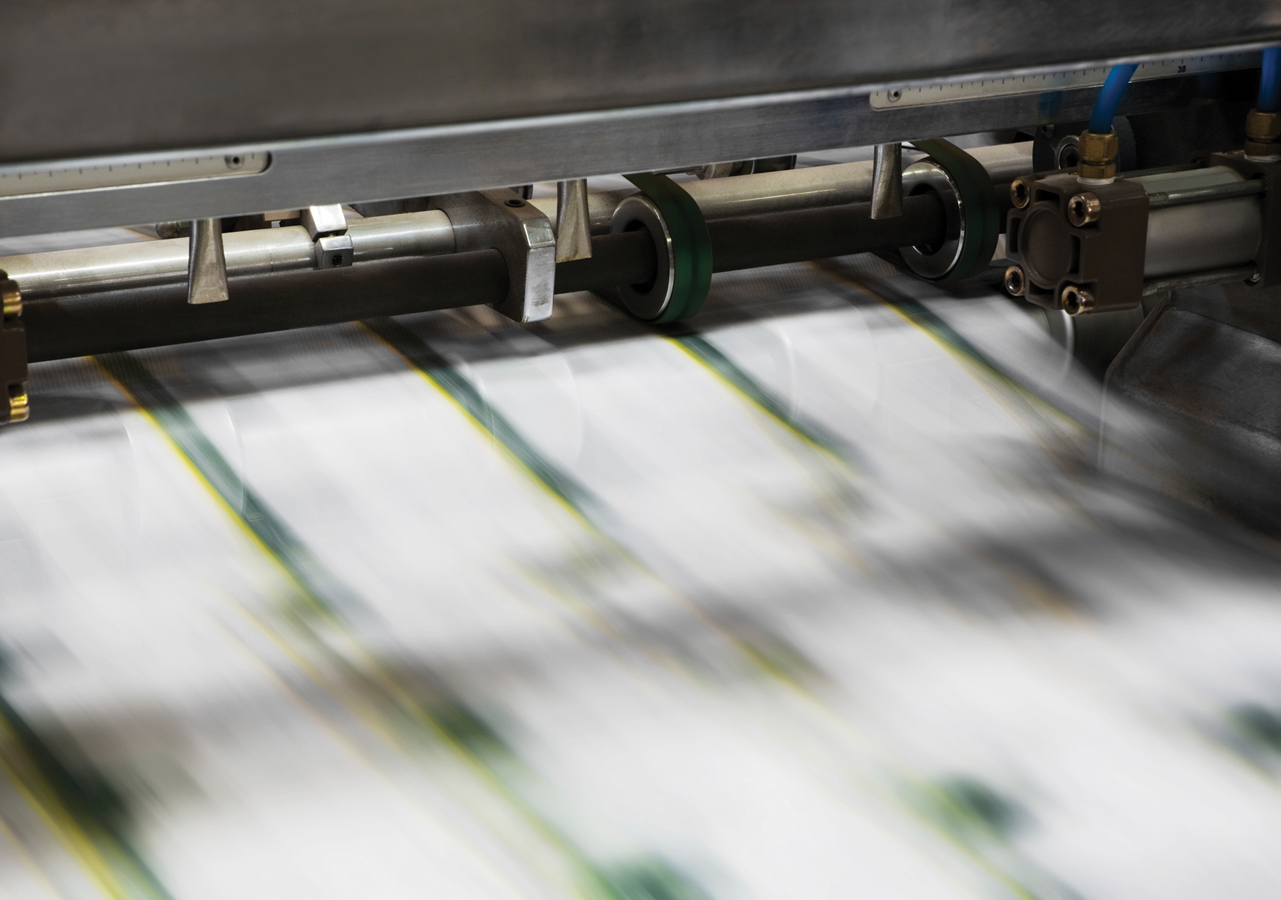BUSINESS CASE: Licenses to Print Money
BUSINESS CASE: Licenses to Print Money !world!
People sometimes talk about profitable companies as having a “license to print money.” Well, the British firm De La Rue actually does. In 1930, De La Rue, printer of items such as postage stamps, expanded into the money-

De La Rue’s business received some unexpected attention in 2011 when Muammar Gaddafi, who, at the time, was the dictator who had ruled Libya since 1969, was fighting to suppress a fierce popular uprising. To finance his efforts, he turned to seignorage, ordering around $1.5 billion worth of Libyan dinars printed.
But Libyan banknotes weren’t printed in Libya; they were printed in Britain at one of De La Rue’s facilities. The British Government, an enemy of the Gaddafi regime, seized the new banknotes before they could be flown to Libya, refusing to release them until Gaddafi was overthrown, which happened later that year.
Why do so many countries turn to private companies like De La Rue and its main rival, the German firm Giesecke and Devrient, to print their currencies? The short answer is that printing money isn’t as easy as it sounds: producing high-
Large, wealthy nations like the United States can easily afford to do this for themselves: U.S. currency is printed by the Bureau of Engraving and Printing, a division of the Treasury Department. But smaller, poorer countries do better by turning to experts like De La Rue, which can include high-
Actually, De La Rue has had its own problems with quality control: a scandal erupted in 2010, when it emerged that one of its plants had been producing defective security paper and that employees had covered up the problems. Nonetheless, many countries will surely continue relying on expert private firms to produce their currency.
Questions for Thought